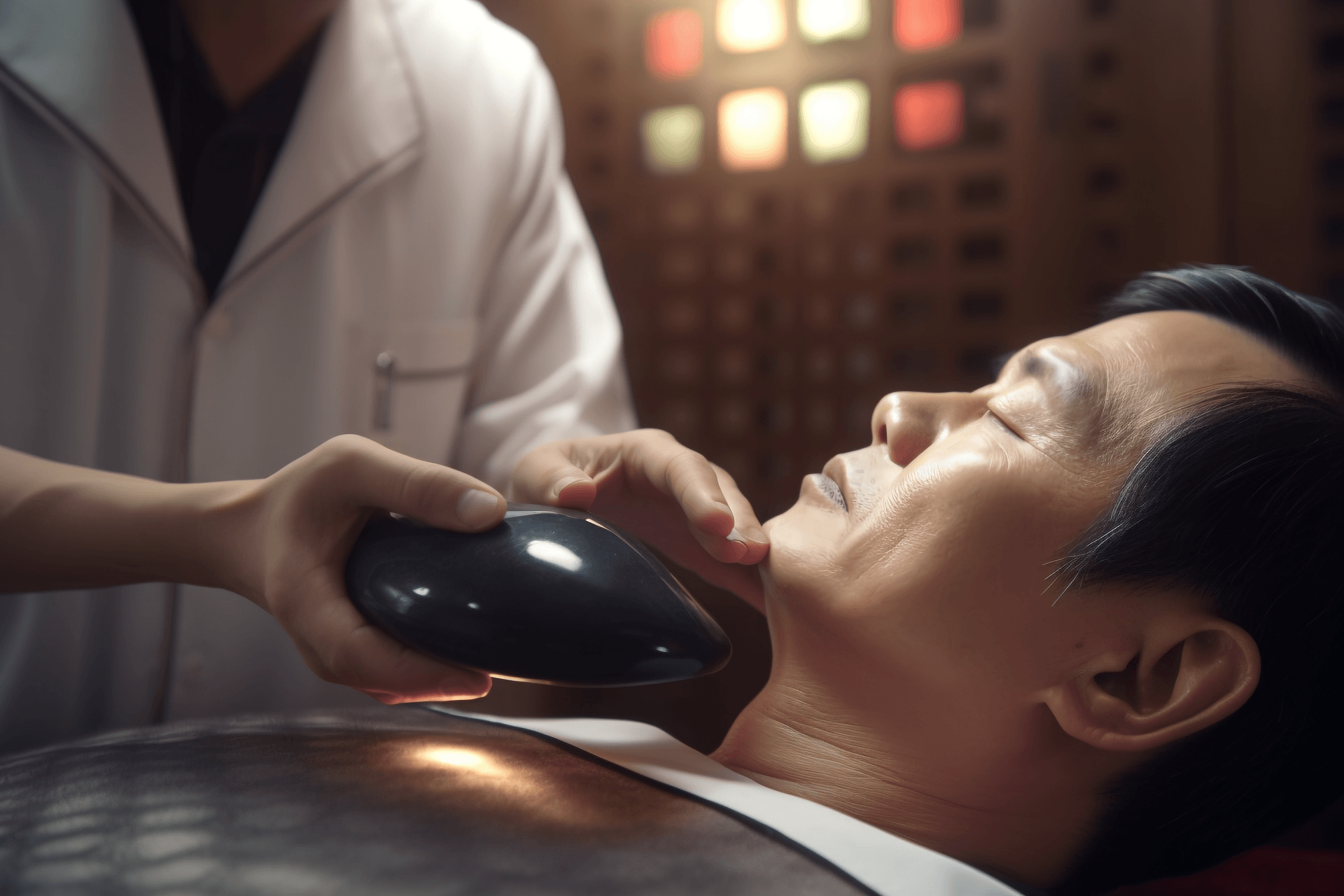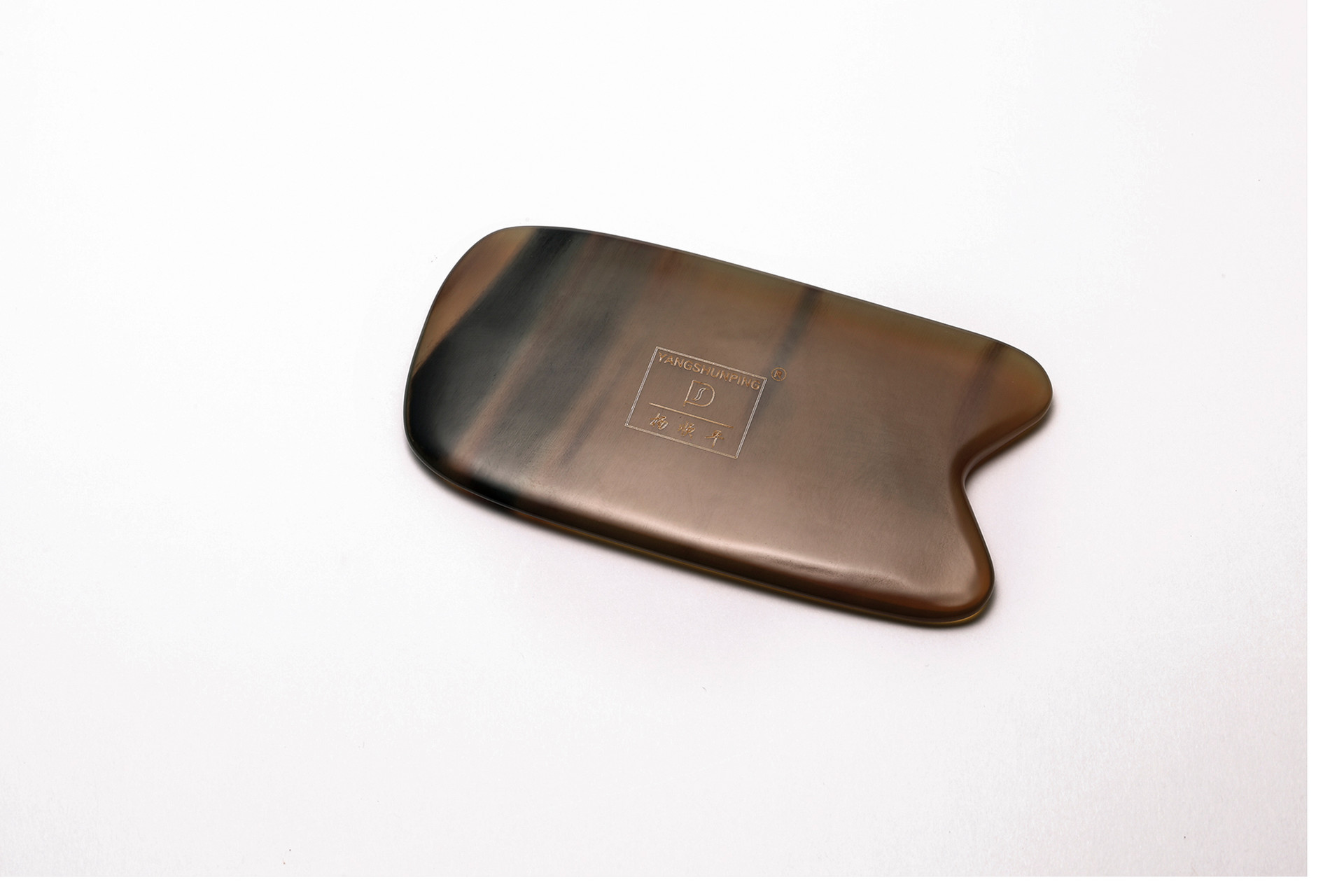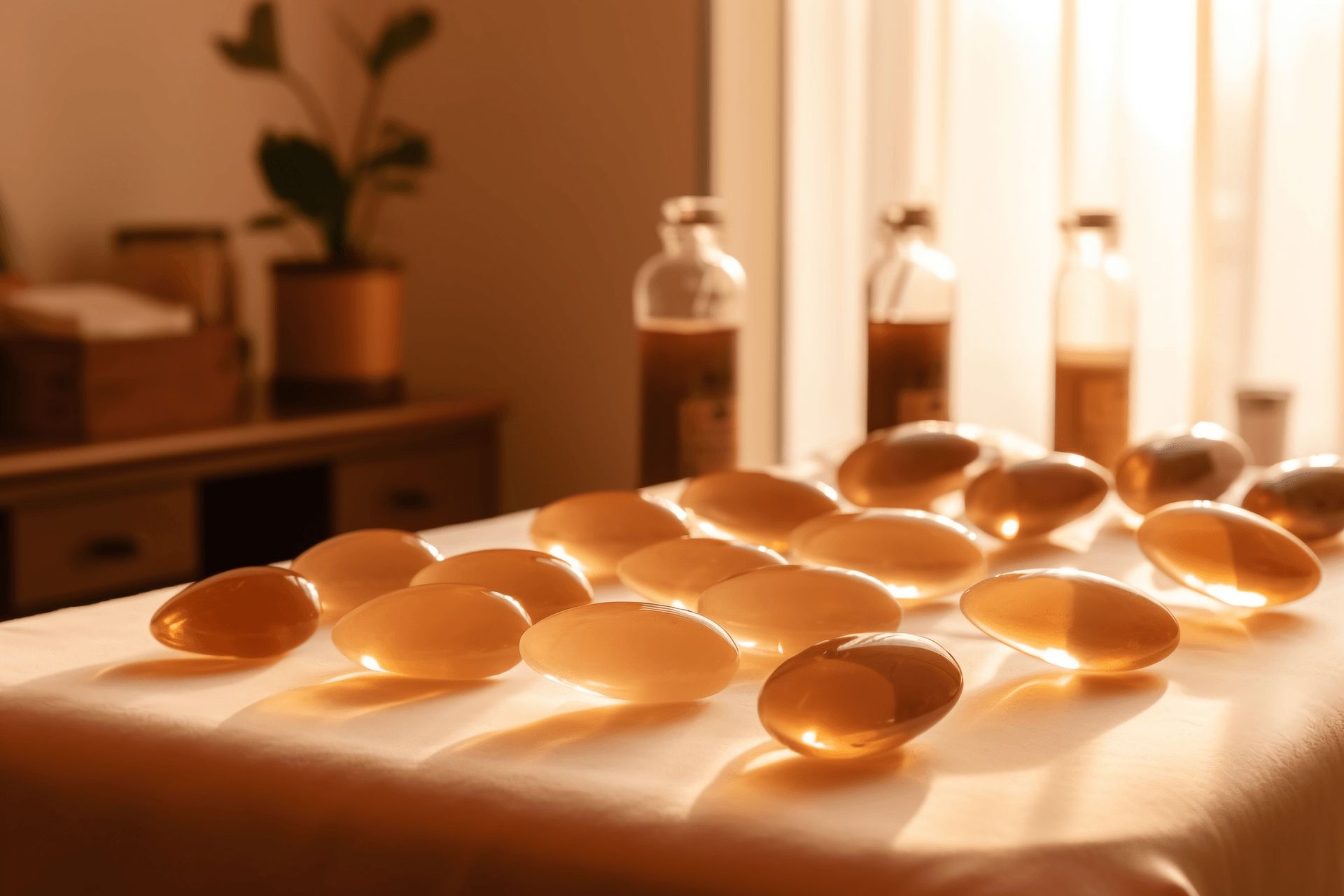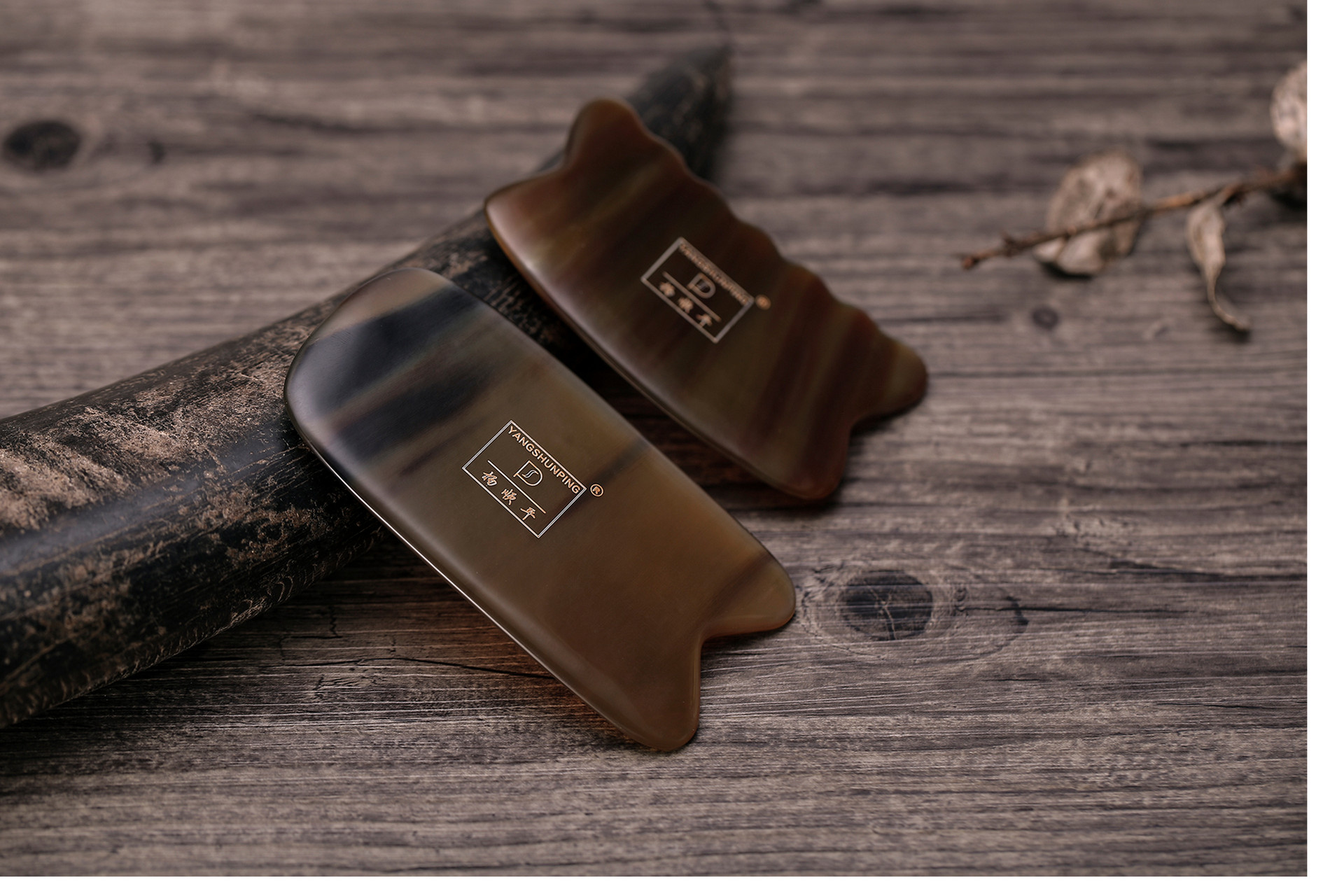This video provides textual information:
Guest Introduction
Zhang Xiuqin
Female, professional physician, health manager. Creator of holographic scraping and holographic meridian scraping beauty and health method, vice president and chief scraping expert of China Folk Traditional Chinese Medicine Research and Development Association, chief expert of Asia Sub-Health Professional Committee of China Medical Health International Exchange Promotion Association, expert in occupational skills standard for health scraping therapist by the Ministry of Labor of China and editorial board member of textbooks, chief director of Expert Committee of China International Health and Beauty Industry Development Federation, professor and vice principal of Huatuo Vocational Training School in Dongcheng District, Beijing, lecturer and expert in multiple TV programs such as CCTV and Beijing TV, known as the "first person of beauty and health scraping in China."
Note: The copyright of this channel's articles belongs to Shanghai Xing Shang Channel and does not represent the views of this channel or its responsibility for its authenticity. If there are any issues regarding content, copyright, or other matters, please contact us as soon as possible and we will delete the content immediately!
Precautions for Scraping Therapy
Scraping therapy, as a characteristic therapy of traditional Chinese medicine, has significant effects in treating certain diseases. However, not everyone is suitable for scraping, and not every part of the body is suitable for scraping. So what are the precautions for scraping therapy? Let's take a look together.
Simple Scraping Techniques
1. The patient should be in a comfortable position, with the treatment area fully exposed, and the area should be washed with warm water.
2. Use a smooth-edged spoon (or tablespoon, copper coin, etc.) dipped in sesame oil (rapeseed oil, peanut oil, soybean oil, or water) to repeatedly scrape the area in one direction.
3. The scraping sequence is generally from top to bottom, or from the middle of the body to the sides, or from the inside to the outside each time, without back and forth scraping. Each area should be scraped about 20 times until the skin shows deep red stripes.
4. The scraping area is usually only on the patient's back or on both sides of the neck. Depending on the condition, scraping can also be done on both sides of the neck in front of the throat, both sides of the chest, both sides of the spine, both sides of the elbow bend, or the inner side of the knee bend. The scraping area can also be chosen according to the needs of the condition.
5. Each area can be scraped with 2-4 or 4-8 "blood marks." Depending on the location, the "blood marks" can be straight or curved. After scraping, lightly pat the scraped area with fresh saltwater.
6. A smaller scraping spoon can be used for acupoints. Commonly used acupoints include Zusanli, Tiantu, Quchi, and some back acupoints.
Scraping at acupoints not only has the therapeutic effect of scraping itself but also helps to dredge the meridians and promote blood circulation. This method is suitable for abdominal pain, restlessness, gastrointestinal type of cold, heatstroke-induced nausea, and muscle or generalized soreness caused by scraping.
The Following Conditions are Not Suitable for Scraping
1. People who are excessively hungry, full, or fatigued, or those who are drunk should not receive heavy or extensive scraping, as it may cause fainting.
2. Scraping is prohibited on the eyes, lips, tongue, ear holes, nostrils, nipples, and umbilicus, as scraping can cause congestion in these mucous membrane areas and hinder recovery.
3. Scraping therapy is not suitable for patients with mental illness, as scraping can trigger symptoms in such patients.
4. Scraping is not recommended for individuals with contagious skin diseases, as it can transmit the disease to others.
5. Individuals with bleeding tendencies, such as advanced diabetes, severe anemia, leukemia, aplastic anemia, and thrombocytopenia, should avoid scraping, as the subcutaneous bleeding caused by scraping is not easily absorbed.
6. Scraping should be avoided on areas with abscesses, ulcers, rashes, and unexplained lumps on the body surface, as it may cause infection and spread.
7. Acute pain areas or fracture sites should not be scraped, as scraping can exacerbate bleeding at the wound site.
8. Scraping should be avoided on the abdomen and lumbosacral region of pregnant women, as it may cause miscarriage.
9. Individuals with severe cardiovascular and cerebrovascular diseases, liver and kidney dysfunction, and generalized edema should not undergo scraping. Scraping can cause subcutaneous congestion, promote blood circulation, increase the burden on the heart, lungs, liver, and kidneys, worsen the patient's condition, and even endanger their life.








